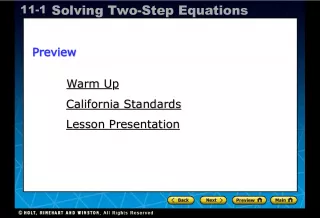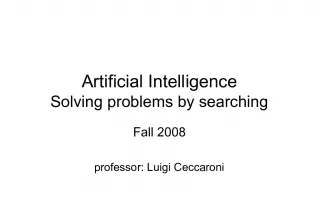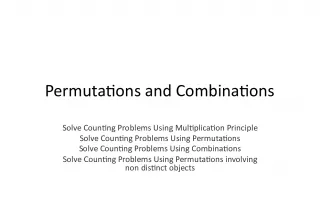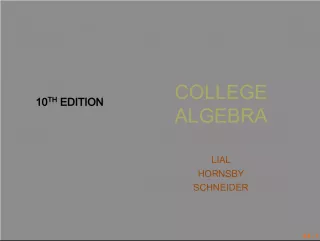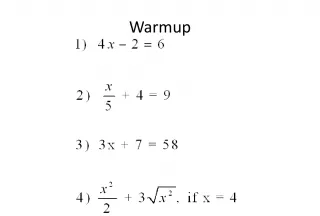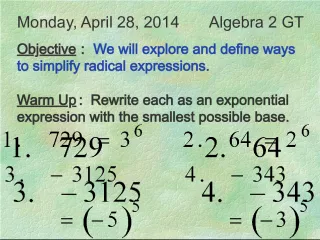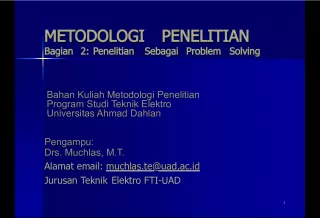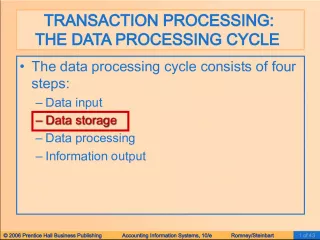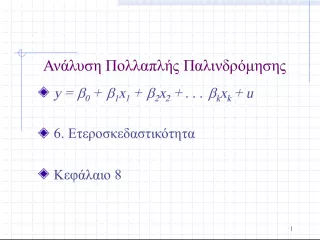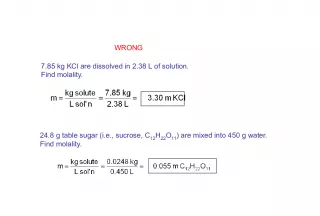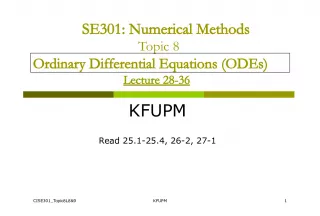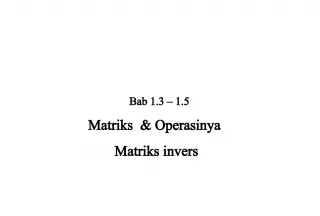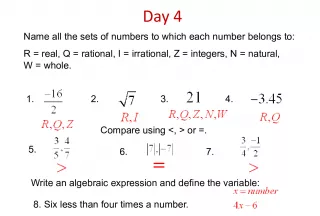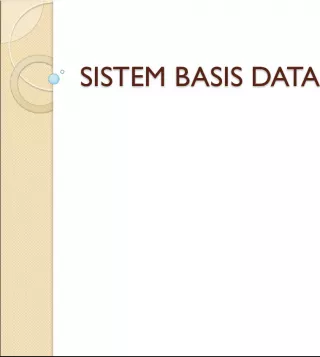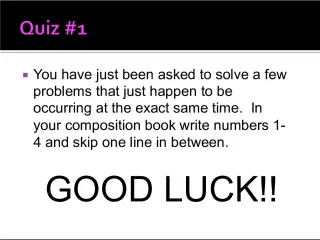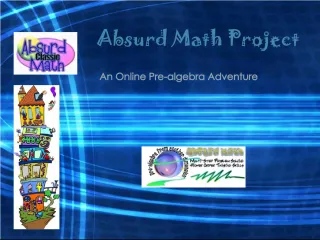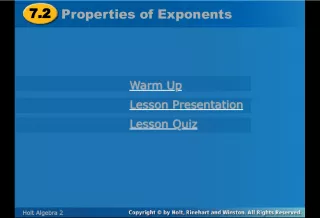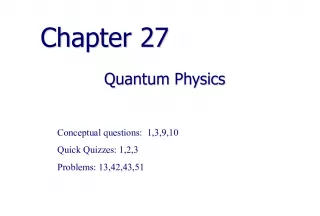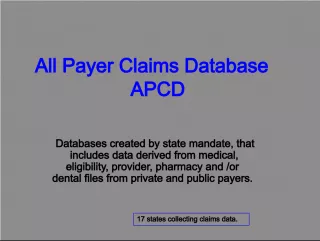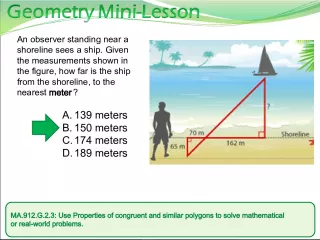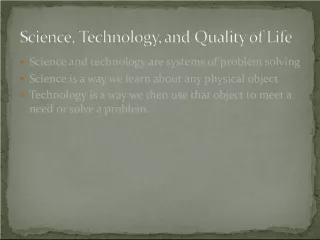Matrix Algebra: Manipulating Data Sets and Solving Related Problems
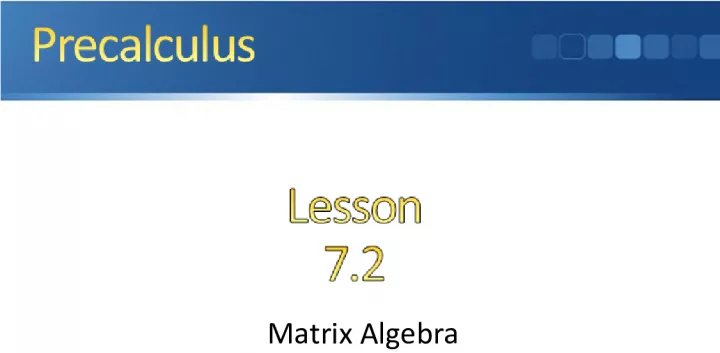

Matrix algebra is a mathematical tool that involves the manipulation of matrices, which are arrays of numbers arranged in rows and columns. This technique is useful for performing operations such as
- Uploaded on | 4 Views
-
 robertwalker
robertwalker
About Matrix Algebra: Manipulating Data Sets and Solving Related Problems
PowerPoint presentation about 'Matrix Algebra: Manipulating Data Sets and Solving Related Problems'. This presentation describes the topic on Matrix algebra is a mathematical tool that involves the manipulation of matrices, which are arrays of numbers arranged in rows and columns. This technique is useful for performing operations such as. The key topics included in this slideshow are . Download this presentation absolutely free.
Presentation Transcript
Slide1Matrix Algebra
Slide3MatricesMatrix Addition and Subtraction Matrix Multiplication Identity and Inverse Matrices Determinant of a Square Matrix Applications … and why Matrix algebra provides a powerful technique to manipulate large data sets and solve the related problems that are modeled by the matrices.
Slide5Each element , or entry , a ij , of the matrix uses double subscript notation. The row subscript is the first subscript i , and the column subscript is j . The element a ij is the i th row and the j th column. In general, the order of an m × n matrix is m × n.
Slide10Example:
Slide19Re f e r t o t e x t p g 5 8 3
Slide20An n × n matrix A has an inverse if and only if det A ≠ 0.
Slide22Le t A , B , a n d C b e m a t r i c e s w h o s e o r d e r s a r e s u c h t h a t t h e f o l l o w i n g s u m s , d i f f e r e n c e s , a n d p r o d u c t s a r e d e f i n e d . 1 . C o m m u t a t i v e p r o p e r t y A d d i t i o n : A + B = B + A M u l t i p l i c a t i o n : D o e s n o t h o l d i n g e n e r a l 2 . A s s o c i a t i v e p r o p e r t y A d d i t i o n : ( A + B ) + C = A + ( B + C ) M u l t i p l i c a t i o n : ( A B ) C = A ( B C ) 3 . I d e n t i t y p r o p e r t y A d d i t i o n : A + 0 = A M u l t i p l i c a t i o n : A · I n = I n · A = A
Slide23Le t A , B , a n d C b e m a t r i c e s w h o s e o r d e r s a r e s u c h t h a t t h e f o l l o w i n g s u m s , d i f f e r e n c e s , a n d p r o d u c t s a r e d e f i n e d . 4 . I n v e r s e p r o p e r t y A d d i t i o n : A + ( - A ) = 0 M u l t i p l i c a t i o n : A A - 1 = A - 1 A = I n | A | ≠ 0 5 . D i s t r i b u t i v e p r o p e r t y M u l t i p l i c a t i o n o v e r a d d i t i o n : A ( B + C ) = A B + A C ( A + B ) C = A C + B C M u l t i p l i c a t i o n o v e r s u b t r a c t i o n : A ( B - C ) = A B - A C ( A - B ) C = A C - B C
Slide24Text pg588/589 Exercises#2, 4, 14, 20, 24, and 34
